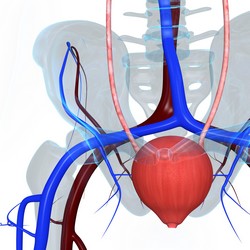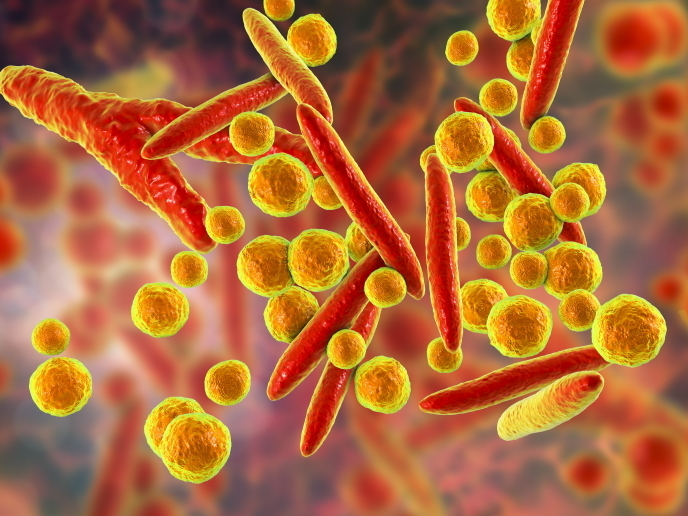Overactive bladder research responds to call of nature
The OAB symptom complex is one of the major causes of involuntary urination where contractions result in ‘urgency’. Not only are the reasons for this phenomenon largely unknown, but current treatments are only partially effective or bring adverse side-effects. The EU-funded INCOMB (Combating incontinence, from basic science to clinical practice) initiative established the pathogenesis of an OAB to improve diagnostic tests. For maximum effectiveness, the consortium was made up of experts in lower urinary tract function but with a range of specialisations. INCOMB focused on communication between different cell types and developed new techniques to measure signalling components in the bladder lining, sensory nerves and smooth muscle. The researchers identified cells that modulate contractions of the bladder wall. The team compared the structures and localisation of interstitial cells in normal and diseased bladders. The researchers identified novel receptors on the interstitial cells that could potentially be used for targeted therapy. INCOMB found TRPV1 receptors in different bladder cells, which responded to stimulation by heat and acidity. These also offer possibilities for therapy as they are influenced by specific chemical compounds. Considering botulinum toxin as a potential therapy for OAB, researchers examined the mechanisms and structural effects of the neurotoxin. They found through clinical work that botulinum toxin is effective in suppressing OAB behaviour in patients who resist antimuscarinic agents. INCOMB organised a major conference in Stockholm and a joint symposium with the EU project TRUST with support from the Swedish Enuresis Academy and the European Association for Urology. Although INCOMB has not identified a specific target to bring into commercialisation, the team has identified several potential targets, including receptors on interstitial cells. The project trained scientists in the field, where the long-term result promises a new generation of urological scientists who will contribute to bladder research in the future. New effective targeted therapies for OAB can significantly improve the quality of life for literally millions of people. INCOMB results have also opened several research corridors for further exploration of this distressing condition.







